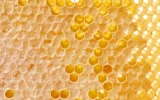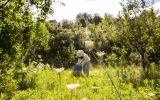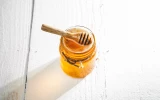How Long Does it Take to Harvest Honey (Speed It Up)
Honey harvesting is an exciting time for beekeepers as they reap the rewards of their hard work. But one question that many beginner beekeepers have is, "how long does it take to harvest honey?”
On average, a hive takes the bees around 3–4 months to produce enough honey to harvest. This timeline can vary depending on several factors, such as the colony's size. Meanwhile, extracting honey from a hive and processing it can take anywhere from a few hours to a few days.
To learn more about the details of the time it takes to get honey from a colony, this article can help you plan and optimize your next harvest.
Summary
- Various factors play huge roles in determining when honey can be harvested in a colony, such as the maturity of the capped honey and the amount of honey stored in their hives.
- While there are numerous ways to speed up the time it takes to harvest honey, beekeepers must observe caution so as not to disrupt the delicate balance in the colony.
- Most bee colonies follow a year-round timeline, which you can use to determine the best time to harvest honey.
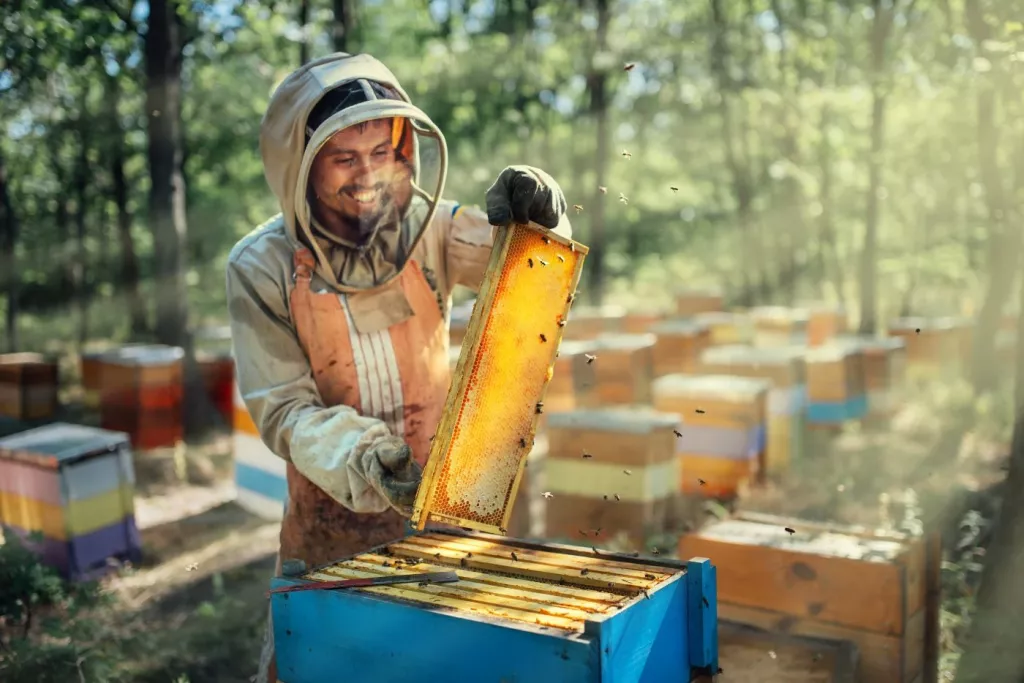
Factors That Determine The Time to Harvest Honey
Harvesting honey is a process that can take anywhere from a few weeks to several months, depending on the type of honey bee colony, the type of honey produced, and the climate and weather conditions.
Wild honey bee colonies, for example, produce honey at a slower rate than managed colonies. Specific nectar sources, like clover or orange blossom, will produce sweeter and more fragrant honey than others.
Below are some of the things that determine the number of days before a bee colony is ready for harvest:
- Type of honey bee colony (wild vs. managed)
- Type of honey being produced (wildflower vs. specific nectar source)
- Climate and weather conditions
- Population density of the colony
- Maturity of the capped honey
- The resources available for the colony (food, water, pollen)
- The time of the year
- The amount of honey stored in the hive
- Inclement weather, such as heavy rain or storms, can affect the bees' ability to forage for nectar and pollen, which can delay the honey harvest
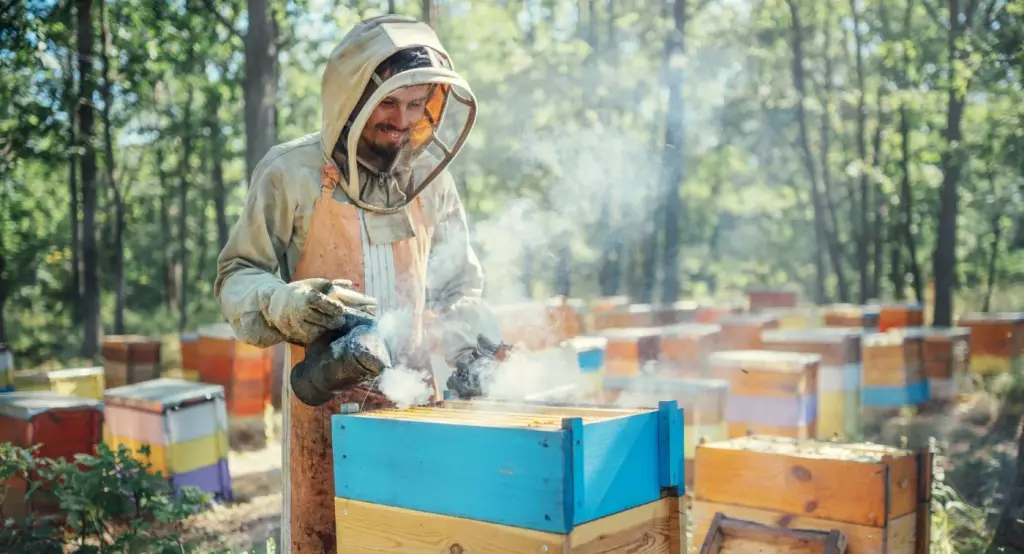
How to Speed Up Harvesting of Honey
-
Providing ample food and resources to the colony: By feeding the bees and providing them with a steady supply of nectar, pollen, and water, a beekeeper can encourage the colony to produce more honey.
-
Adding more honey supers: By adding more honey supers to the hive, a beekeeper can provide the bees with more space to store honey. This can help speed up the honey-making process, as the bees won't have to spend as much time capping the honey.
-
Using a queen excluder: A queen excluder is a device that prevents the queen bee from entering the upper part of the hive, where the honey supers are located. This can help speed up the honey harvest, as the queen won't be able to lay eggs in the honey supers, which can slow down the process of honey production.
-
Using an electric extractor: An electric extractor can speed up the process of extracting honey from the frames. These machines spin the frames to remove the honey, which can be done much faster than manually spinning the frames.
-
Harvesting at the right time: Harvesting at the right time is essential, so monitoring the colony and harvesting when the honey is ready is crucial.
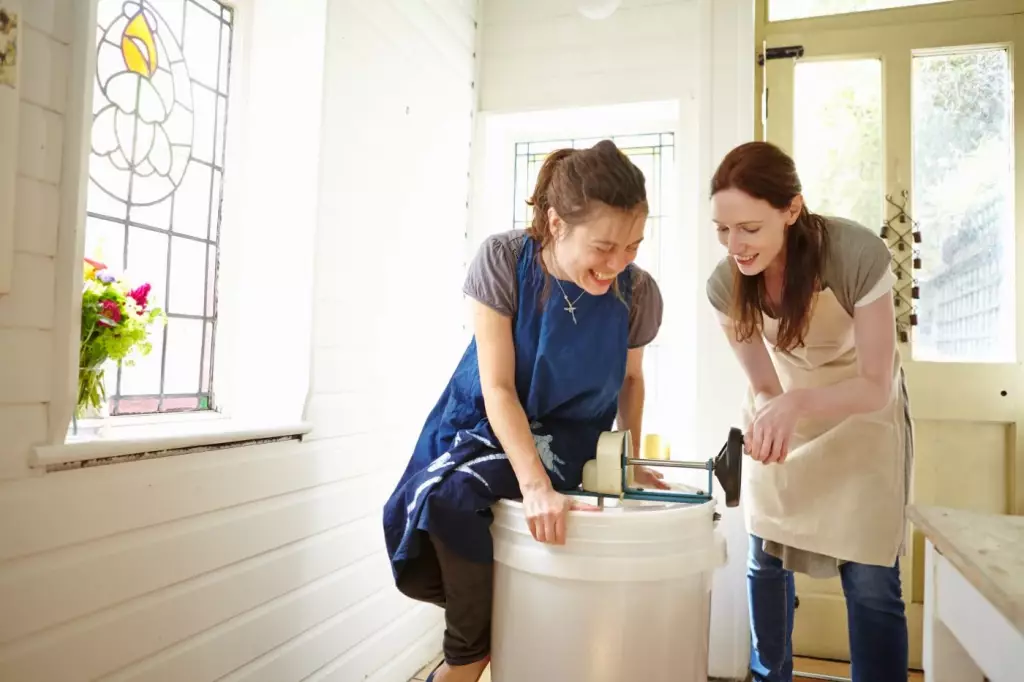
The beekeeper's role
It's worth noting that beekeeping is a delicate balance. Beekeepers should know the potential consequences of attempting to speed up the honey harvest process. The health and well-being of the bees should be the top priority, and it's better not to rush the process and to let the bees do their work at their own pace. A beekeeper's role is to support the bees and provide them with the resources they need to thrive.
